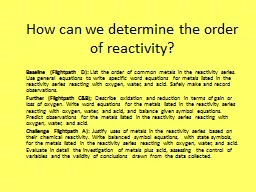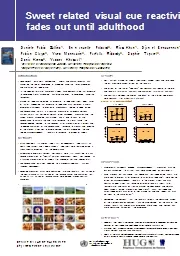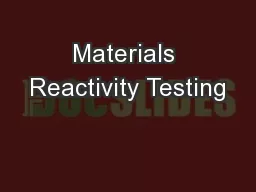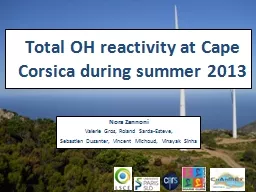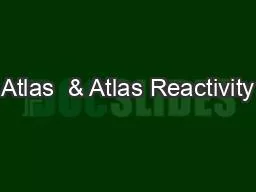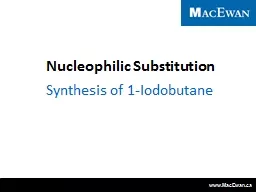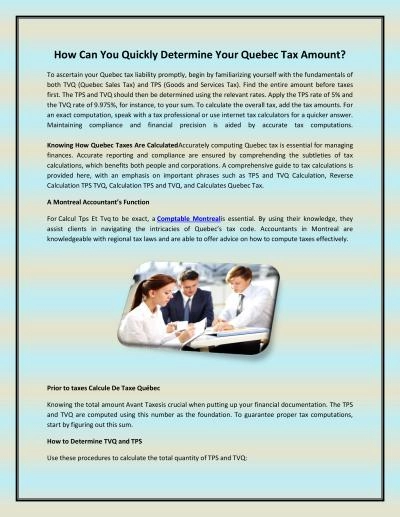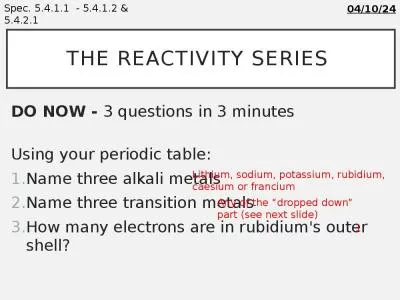PPT-How can we determine the order of reactivity?
Author : luanne-stotts | Published Date : 2017-08-27
Baseline Flightpath D List the order of common metals in the reactivity series Use general equations to write specific word equations for metals listed in the reactivity
Presentation Embed Code
Download Presentation
Download Presentation The PPT/PDF document "How can we determine the order of reacti..." is the property of its rightful owner. Permission is granted to download and print the materials on this website for personal, non-commercial use only, and to display it on your personal computer provided you do not modify the materials and that you retain all copyright notices contained in the materials. By downloading content from our website, you accept the terms of this agreement.
How can we determine the order of reactivity?: Transcript
Download Rules Of Document
"How can we determine the order of reactivity?"The content belongs to its owner. You may download and print it for personal use, without modification, and keep all copyright notices. By downloading, you agree to these terms.
Related Documents

